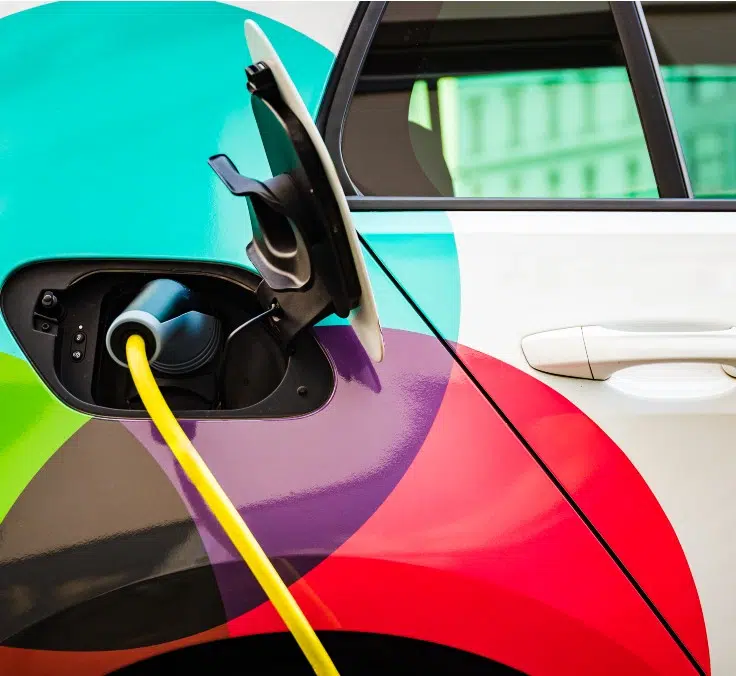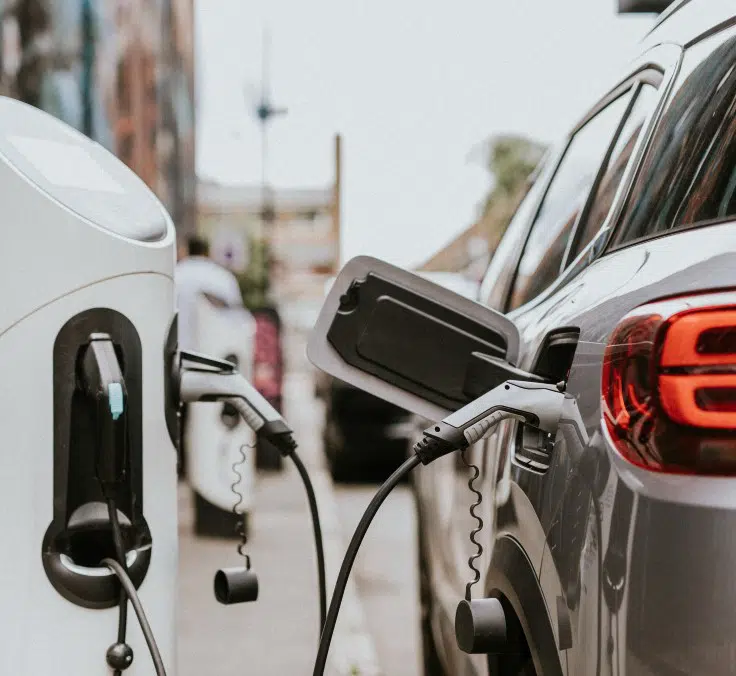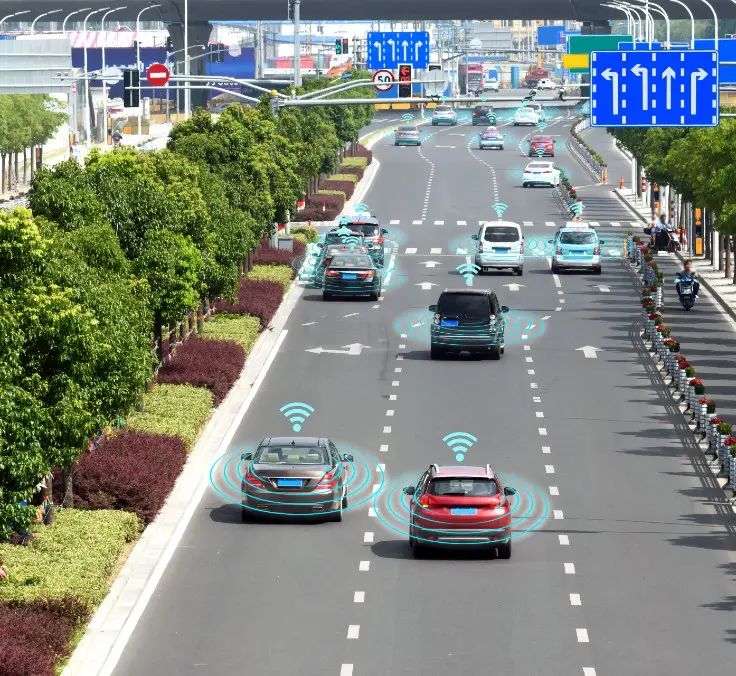SUSTAINABILITY| 13.06.2022
How has our mobility changed?
The way we get from place to place is changing. The outbreak of the pandemic has shaken the foundations of mobility, and other factors such as technological developments and environmental concerns are forcing the means of transportation that drive the economy and our daily lives to evolve. It comes as no surprise that more than two years of transformations have left their mark on public transportation, electric cars, in-person attendance, and the use of private vehicles — aspects that hold some of the keys to the future of mobility.
The most immediate change has seen many in-person meetings, events, and get-togethers go online. As more and more of us work remotely, we don’t go into the office as often. But it does not stop there: a change in mentality combined with cutting-edge solutions have made activities that until recently almost always involved a journey, such as shopping, paperwork, or even a visit to the doctor, turn into activities that are just a click away. This new reality also coincides with the pursuit of greater sustainability, a goal that is at the heart of the transportation debate. But how profoundly have these changes affected the way we move? Are they mere circumstance or a true turning point?
Public transportation, the hardest hit
There is no simple answer to the question of how our mobility has changed. Nevertheless, the data shows that one of the most notable effects has been the decline in the use of public transportation. Mandated social distancing measures led citizens to avoid places such as stations, trains, and buses, where the risk of infection was higher due to the concentration of people. Two years on, this type of transportation is the slowest to recover, which is bad news if you consider its lower environmental impact.
This trend has been most apparent in cities, where mobility is especially complex. Large Western cities now use public transportation less than before the pandemic. Madrid, Barcelona, Paris, London, Berlin, Rome, New York, Mexico City, and Buenos Aires continue to record significant drops in passenger numbers, according to data sourced from GPS applications and local transportation corporations.
The main reason there are fewer passengers on trains and buses is the rise in remote working, as technology plays a more prominent role in the economy of these urban areas. On the other hand, this effect is less pronounced in certain large Latin American cities, where ridership on public transportation networks has returned to pre-pandemic levels, as fewer professionals are able to do their work remotely.
Cars are back on the road
Another major conclusion taken from recent mobility trends is that private cars have picked up the pace. The successive waves of COVID-19 demonstrate this: after periods of restrictive measures, private car traffic increased in parallel with the resumption of economic activity, while public transportation increased more slowly.
Today, public information sources show that, in general, European and American road use is already close to pre-pandemic levels. The spike in reported road accidents backs up these findings. Several factors explain users’ preference for private cars: lack of alternatives, work needs, or, simply, the convenience or wanting to spend less time on commuting.
But the flip side is the pollution it causes. The CO2 cars emit through combustion is the main greenhouse gas behind global warming, not the mention the fact that the particles cars produce are harmful to human health. The world’s major cities are growing in population, and some of them already have serious pollution problems resulting in more respiratory diseases. As we look for ways to combat climate change, the increase in private vehicle traffic on roads poses major challenges.

The electric car is on an unstoppable rise, but it remains in the minority
On its way to making mobility more sustainable, the global community is placing its bet on electric vehicles. Increased environmental awareness has prompted governments around the world to promote and encourage their use, especially in the European Union, and many companies are also leading the shift. Thanks to these efforts, there are many more electric vehicles on the road today than there were a decade ago. The magnitude of this transformation is evident in the figures: while 130,000 electric cars were sold in the whole of 2012, today, we reach these numbers in a single week, according to the International Energy Agency (IEA).
This change has picked up steam in the last three years. In 2019, 2.2 million electric cars were sold worldwide, representing 2.5% of total vehicle registrations. Global car sales fell in 2020, but electric car sales went against the tide, reaching 3 million, or 4.1% of the total. Last year they doubled to 6.6 million, or 9% of new car sales. Despite this trend, the IEA estimates that there are around 16 million electric vehicles on the world’s roads, which would account for only 1-2% of the global fleet.
As we can see, the use of electric vehicles is on the rise, but they are still in the minority. Further technological and infrastructural development will be key to their role in the future. Longer range, shorter charging times, and a more robust network of electric charging points are needed to cement the electric car as a definitive alternative to the combustion engine. Research into other energy sources such as hydrogen could also be a game changer for mobility.
Other types of mobility are coming forward
Another major change that has taken place in recent years is the increased use of Personal Mobility Vehicles (PMVs), such as electric scooters and bicycles. Having made these electric options more comfortable and adapted to everyday use, companies have greatly helped to expand their popularity. Other growing trends in urban mobility, such as app-based car sharing, have also contributed to their increasing demand.
Sales of PMVs are growing annually in double and even triple digits in European countries. Elsewhere, bicycle lanes are proliferating and expanding in cities around the globe and are beginning to gain ground in Latin America, with cities such as Bogotá becoming world leaders in this respect. While bicycles may not be a substitute for private vehicles or public transportation in many cases, they are a good option for short journeys and have the added advantage of being more sustainable.
RELATED ARTICLES:




